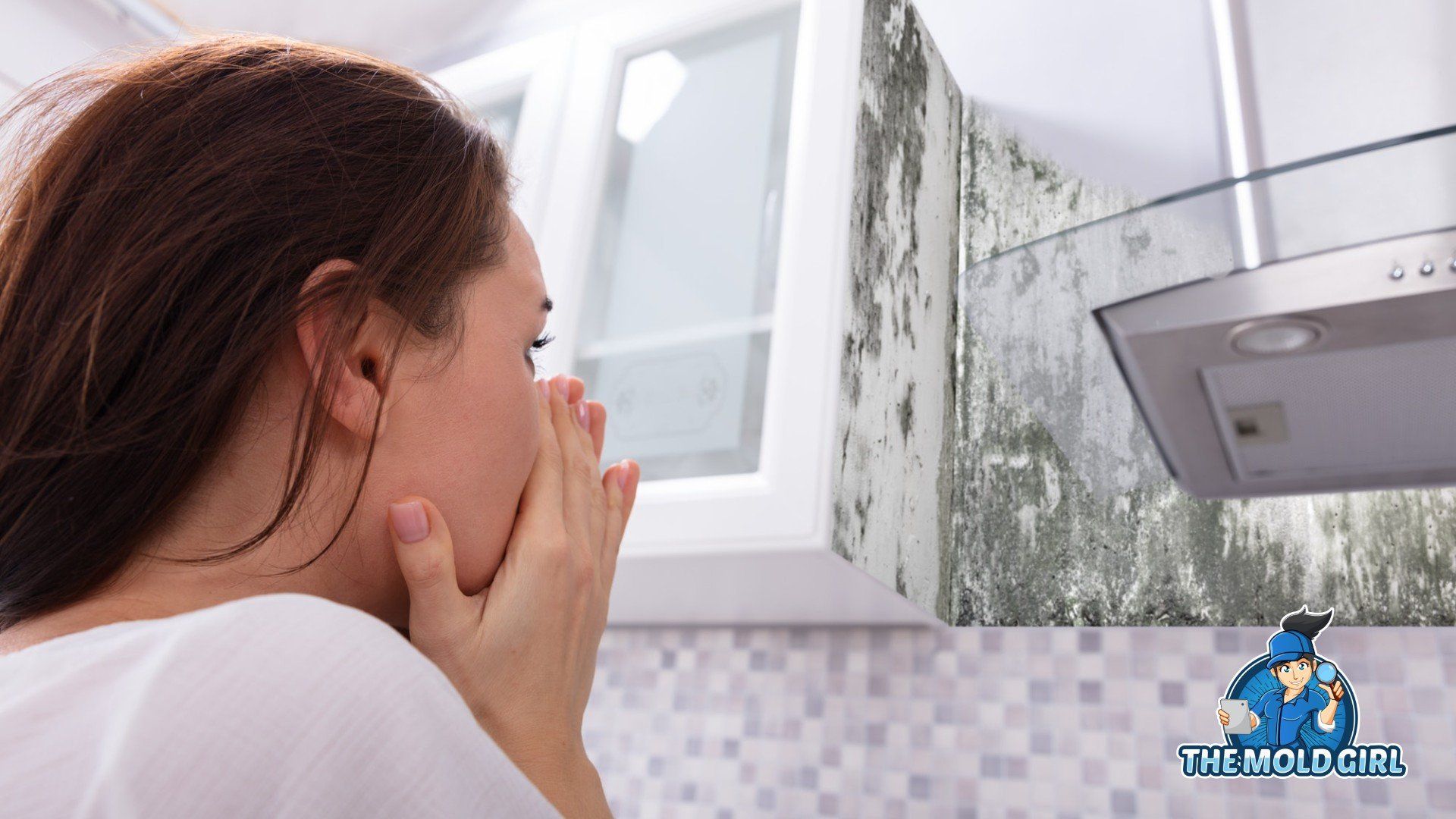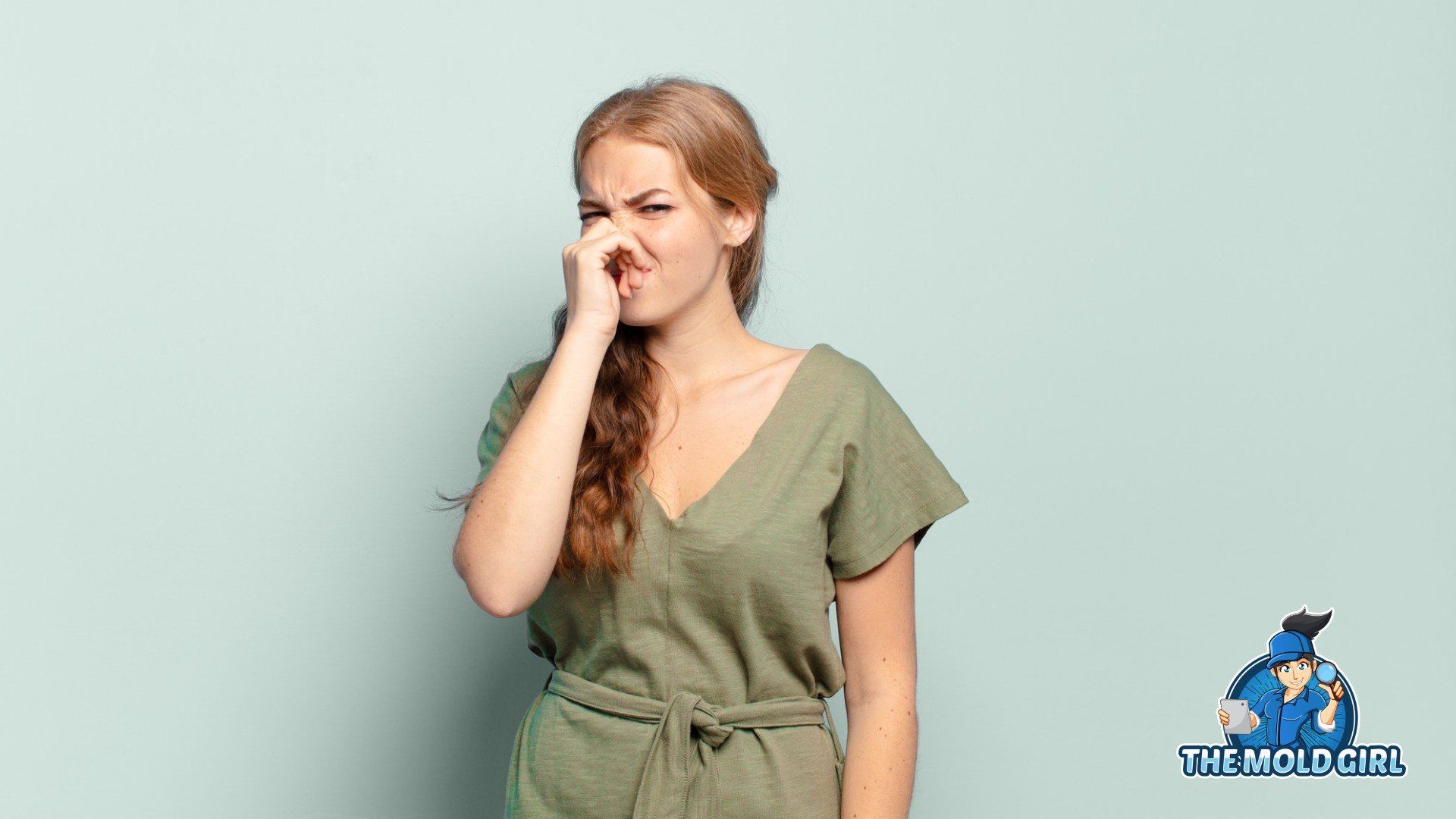Do you walk in your home and it just feels wet? Do doors not close properly, or have your wooden floors started to buckle? Do you notice water when it rains around the foundation or near your home? From the wooden floors to the obvious pooling water, this is all simply put, “dampness” or excess moisture. While a damp home usually triggers the concerns of possible mold growth to a homeowner, the dampness itself can actually be more harmful. Yup, you heard The Mold Girl right, dampness is actually possibly worse for your health and more harmful to the structure than mold.
Now those of you that are in the restoration profession, or know anything about mold, will know that mold comes from moisture, and therefore by definition itself, “dampness” and the possible side effects of it, include mold. What most don’t think about however is that in addition to promoting mold growth, dampness will also increase the risk of insects, rodents, dust mites, and bacteria. If you are now thinking twice if that puddle at the foundation of your home, I have done my job. One by one lets now look at some of these signs and symptoms of moisture, and how we can prevent them.
More often than not, I am in a homeowners crawl space. Yes, I hate every minute of it, but as it is the foundation of the home, it is a VERY important area. I currently live in a beach town and would have to say that 8 out of 10 crawlspaces that I inspect all have signs of dampness and moisture. Some have standing water, some simply have mold, but ALL with either or are running the risk of allowing multiple contaminants into the home. I understand you will not believe me when I say I have been in crawl spaces so wet that I could put a pen through the main support beam, but this happens A LOT. For most, the crawlspace is out of sight out of mind, so it is not important, but it is. Not only do you not want your kitchen floor caving in (which I have also seen) but your crawl space affects the indoor air quality through the stack effect, and therefore must be kept high and dry! In addition, isn’t your crawl space where the main parts of your HVAC system are placed? I am pretty sure that you do not want that wet, rusted, and full of mold. Please check this space, and know there are multiple options from encapsulation to simply extending your downspouts to keep this area in tip top shape and moisture free. Thinking you are not in a beach town so this does not apply to you, wrong! Damp crawl spaces throughout the country are causing Indoor Air Quality Issues, hence the rise of the practice of crawl space encapsulation.
Let’s now move from under the home to in the home, a place that like you, I am much more comfortable. Let’s say that you have no crawl space, or that if you do and it is dry, and that you haven’t had a recent major water damage, but still notice a ton of moisture. Time to look at possible air infiltration. While this will not necessarily cause an issue of additional dampness in a dry climate, it can absolutely be an issue in a hot and humid climate. Air infiltration as defined by ASHRAE as the “uncontrolled inward leakage of air through cracks and interstices in any building element and around windows and doors of a building”. Simply put, poorly sealed fenestrations in a climate like the south could lead to problems, especially if you love your air conditioning like most people in these hot humid areas do. As the unwanted humid air enters the home, when it cools down it will condense on cool surfaces. This can increase the overall relative humidity of the home causing “dampness”.
Now with all of the above said, most homes do have air infiltration due to pressure differences and leakage, so what do we look at next? Your HVAC. While the purpose of your HVAC system is not to reduce relative humidity, rather to keep you hot or cold, it can assist in doing so to a certain to a degree by either the cooling coils or exhausting the humidity source. In some cases, where excess moisture is present, the HVAC system may still be able to control the dampness with the addition of a supplemental dehumidifier. All to often I see homeowners turn down or off their system in order to save money, and it only ends up costing them in the long run as the relative humidity increases, and they get surface growth. On many occasions, the homeowner runs their system as they should, but it simply cannot keep up with the homes relative humidity, and therefore a supplemental whole house dehumidifier needs added.
While the list can do on and on of sources of dampness in your home, the important thing is to know is its potential causes and how to address them. Again from running your HVAC system more to extending your downspouts, some of the fixes are EASY. What is not easy or pretty to fix is elevated fungal levels, rodent infestation, dust mites, and bacteria. As you can see in the case of having a “Damp Home”, and an ounce of prevention is truly worth a pound of cure. If you would like a Moisture Control Assessment, or simply have questions, ask The Mold Girl at 843-905-2448.
CONTACT THE MOLD GIRL TODAY!
The Mold Girl will do everything we can to ensure your experience with us is excellent.
REQUEST A FREE ESTIMATE
CHECKOUT RECENT POST



